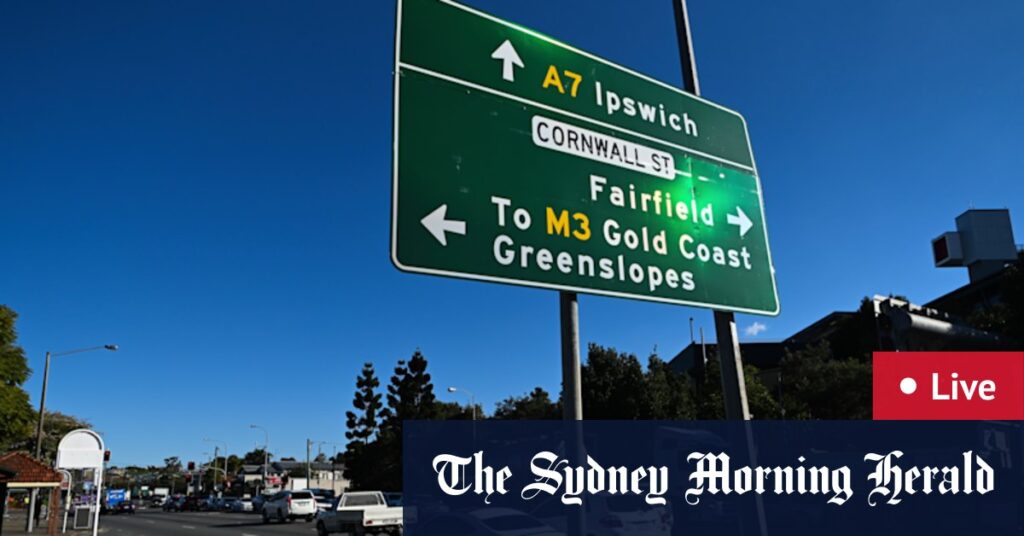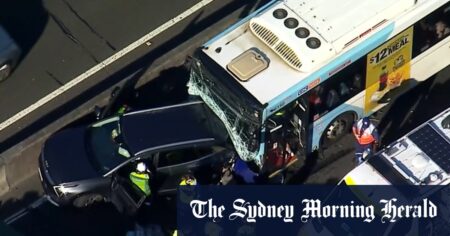While there’s a lot of community concern about e-bike hoons, an expert says current regulations are restricting compliant manufacturers while the market is flooded with unregulated devices capable of 1500 watts or more.
Loading
To be used in public, an e-bike must be predominantly pedal-powered, with a small electric motor providing assistance only, up to 250 watts, and the motor must cut out at 25km/h.
It is not illegal to sell high-powered devices in Queensland, but they are supposed to only be used on private property.
Speaking before Queensland’s e-mobility inquiry yesterday afternoon, Foucault Dynamics chief scientist and director Arkadiy Matsekh said high-powered devices, which are currently illegal to ride on public roads or paths, are also often not put together correctly by users, creating the risk of mechanical failure.
The solution isn’t, of course, restricting legitimate users further, but modernising our regulatory framework.
We need graduated classification, like Europe, thus distinguishing between different power categories.
For standard bicycles, anything with continuous mechanical power output above 500 watts should be classified as a motor scooter or motorcycle and regulated accordingly.
Cargo bicycles with significant load capacity beyond 1000 watts, with separate regulation, likely including mandatory speed limitations, as these devices will become essential for replacing car trips and urban logistics.
Matsekh said authorities should also consider removing speed limits, or setting them higher at 32 to 35km/h, arguing the 25km/h limit created “significant user discomfort” and often pushed people to try to circumvent restrictions, increasing demand for illegal components.
Read the full article here

















